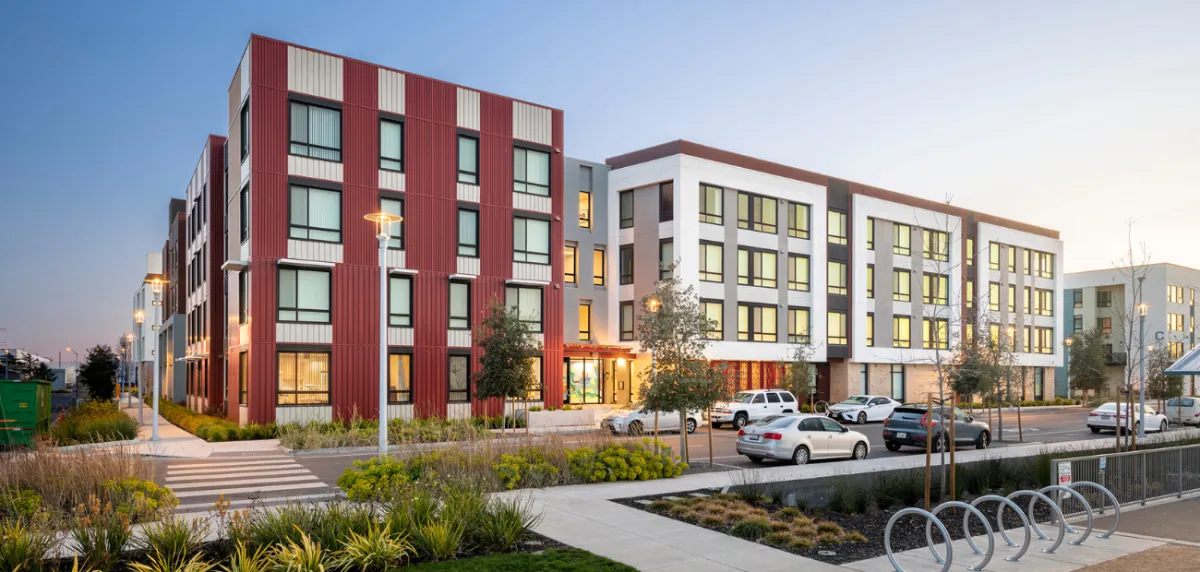“Buyers or investors are always looking for a good ROI and so they have to consider various factors including whether or not rent control is a factor and of course, good rents.”
SANTA ANA, CA—Cash flow, location and leverage are the three main factors which should be considered when looking to finance or purchase multifamily properties, says says Jim Wiegandt, executive vice president and head of Real Estate Banking at the Banc of California.
“These factors can either help or hurt you,” he tells GlobeSt.com, depending on how they are used.
Cash Flow
When considering multifamily or any other commercial real estate purchases, buyers have to look at the cash flow and appreciation possibilities. They are either considering buying a turnkey project that is stabilized with consistent income or a property that needs improvement and needs to be repositioned with streamlined operations so the property’s performance can improve, Wiegandt says.
“Buyers or investors are always looking for a good ROI and so they have to consider various factors including whether or not rent control is a factor and of course, good rents. They also have to determine their cash flow vehicle and how they can maximize that cash flow,” he explains.
Location
If buying at a higher cap rate, there is obviously more volatility. For example, if a buyer purchases a 6-unit multifamily building in Santa Monica, a highly-sought area where the cash flow is consistent, they are paying a higher price and getting a lower return. Additionally, if the buyer travels more inland and finds an older multifamily property where there isn’t the same rental demand and its harder to fill those vacancies, the buyer is definitely seeking a return especially if additional investments and improvements were made to the property.
Leverage
As buyers look into purchasing and owning multifamily properties, Wiegandt believes it’s important to keep expenses low on the property and always have leverage.
“You don’t want to have to keep putting cash into the property because operations aren’t meeting the expense needs,” he says.
For instance, in a single tenant scenario, once the renter moves out, the owner still has to cover the unit and overhead costs. Wiegandt believes that, ideally, the new renter should cover those costs or the prudent owner will stock away monies to cover those downtimes.
Multifamily Loan Forecasts
“As the yield curve stays inverted and the rates stay lower than normal, multifamily loan requests will continue to increase and will stay at a higher level for another 8-15 months unless something happens that negatively affects the Treasury,” says Wiegandt. “As interest rates inch higher, there will be a natural slowdown.”











